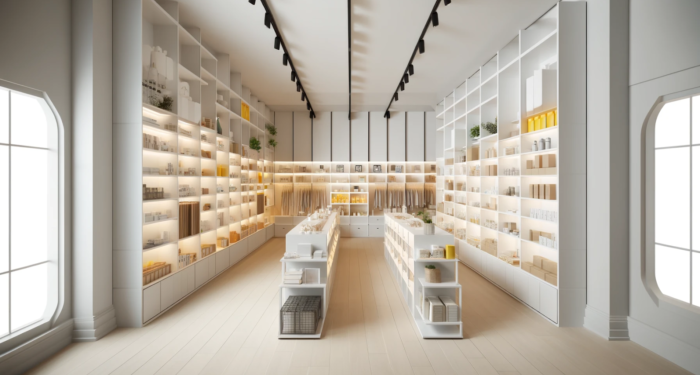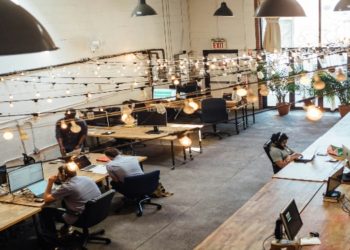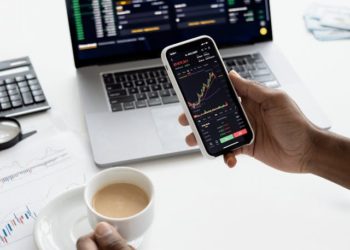Planogram software also plays a paramount role in achieving increased efficiency in retailing as the software ensures that product layout and placement are aligned with “best selling” strategies, maximized use of shelf space, improved shopping experience, etc. It addresses the issue of product placement strategy between stores in that it presents a structured shelf according to the merchandising guidelines and retailer strategies, which will create a uniform approach to the display of the brand, which will attract and satisfy the customer. Let’s look at the biggest benefits of planogram software.
Top 10 Benefits of Planogram Software
Planogram software offers a multitude of benefits that significantly enhance retail operations. These benefits range from maximizing product visibility and appeal, enhancing operational efficiencies, and mastering inventory management to fostering customer loyalty and engagement, driving data-driven decision-making, and embracing sustainability and cost optimization. We compiled the top benefits this software brings in retail:
Maximizing Product Visibility and Appeal
Planogram software’s prowess lies in its ability to meticulously curate product displays, ensuring that every item basks in the spotlight it deserves. By leveraging advanced algorithms and data-driven insights, retailers can strategically position merchandise, harnessing the power of visual appeal to captivate customers’ attention. From carefully calculated shelf heights and depths to strategic use of lighting and contrasting colors, planogram software ensures that products are not merely stocked but artfully showcased, enticing shoppers to explore and engage.
Enhancing Operational Efficiencies
The fast-developing environment of the retailing sector is vastly determined by the planogram software usage. It reduces work-intensive and time-consuming tasks such as inventory tracking or traditional stock management that would require more staff from retailers. It does away with the need for physical mock-ups and is essential for accurate visuals for merchandising layouts and dimension rendering. It also helps in the coordination of the various departments so that any changes can be carried out before the plan is approved and implemented which in turn helps in avoiding costly errors or ensuring team buy-in to the plan.
Mastering Inventory Management
Inventory management forms the core of retail companies’ operations, and planogram software serves it perfectly. Data-based strategies are great for stock tracking and discovering popular items so that retailers can keep their shelves stocked with the right products to meet sales at all times.
It is worth noting that one of the main functions of both planogram applications is a detailed analysis of sales, which is quite important for many retailers as it allows getting detailed information about sales volumes and/or costs of various products. Such information would be useful to businesses when planning the product mix and the overall space on the shelves to decrease the number of slow-moving goods and stocks of goods that are in high demand.
Similarly, planogram software assists retailers in adopting a localization approach by creating product-related strategies for individual stores or certain geographic areas. This has a very positive impact on a customer as he or she is provided with the goods that are useful, and at the same time, it helps to reduce the warehouse costs in case there is no need to keep the extra stock at all.
Fostering Customer Loyalty and Engagement
Planogram software is a powerful tool in retail for nurturing customer loyalty. It allows retailers to design shopper-oriented layouts and create visually appealing displays, reflecting the brand’s identity. This personalized approach enhances the shopping experience, fosters a deeper connection with customers, and encourages repeat visits.
Driving Data-Driven Decision Making
Smart planning with the use of planogram software: how data-driven retail helps businesses. Identifying customer expectations and needs: Using feedback, sales statistics, and customer habits, retailers can get the bigger picture about their consumers’ wants and hurts. This wealth of information allows retailers to regularly improve and fine-tune their planogramming strategies to ensure that their merchandising is more accurately tailored to the changing preferences of consumers within their markets. Furthermore, together with the above planogram software also allows for the inclusion of other advanced analytics like heat mapping and customer journey analysis, which will help the retailer to understand even the most minute activities of customers in their stores and hence make data-driven decisions on how best to redesign the store’s layout to accommodate specific products in the most effective way.
Embracing Sustainability and Cost Optimization
Planogram software aids in sustainability by minimizing waste and optimizing resource usage in the retail sector. It helps forecast demand, streamline inventory management, and reduce overstocking. It also optimizes shelf space allocation and product placement, reducing environmental impact. Additionally, it eliminates the need for physical mock-ups and cuts costs associated with third-party consultancy, enhancing profitability and enabling reinvestment into operational efficiencies and customer experiences.
Facilitating Cross-Functional Collaboration
The key to success in a retail organization is to have a mutual integration among the operations of different departments. The use of planogram software is gaining momentum as a tool that strongly supports the cross-functional approach to merchandising and store planning.
Planogramming allows for a unified platform for store layout design and assortment and cuts across all the departments. Marketing, merchandising, and operations teams can collaborate seamlessly, sharing insights, providing feedback, and aligning their efforts toward a common goal: the strategy to provide an outstanding customer experience.
This approach not only simplifies the decision-making process but also transforms the organizational culture into an innovative and proactive one. The cooperation of different teams within a company will help retailers to find such areas to improve the work and apply the best practices in time, not lose their place to competitors.
Unlocking Actionable Insights
A good planogram software can also help in the processing of raw data into meaningful information for the retail chain. It offers daily statistics on the status of the products sold and available spaces that assist in plans of action concerning product mix, prices, and promotion. It also enables cross-planogram analysis to develop more personalized merchandising strategies based on the planograms of customers in different regions to maximize sales and satisfaction.
Elevating Brand Consistency and Identity
A strong brand identity in the competitive retail landscape fosters customer loyalty and drives success. Planogram software enhances brand consistency across all retail touchpoints. This centralized platform aligns merchandising strategies with the brand’s visual identity. It establishes guidelines for product placement, display, and signage, ensuring a uniform brand experience. Planogram software also allows retailers to incorporate brand storytelling into merchandising, creating themed displays that resonate with the audience and fostering brand loyalty.
Fostering Seamless Integration and Scalability
Planogram software is a future-proof solution that integrates with various systems and technologies, facilitating a streamlined retail ecosystem. It leverages open APIs and standard data formats to exchange data with other systems like inventory management, POS, and CRM platforms. This integration provides a holistic view of operations, enabling data-driven decision-making and process optimization. The software’s modular architecture and scalable infrastructure allow retailers to adapt to changing business needs and growth, ensuring seamless transitions and minimal disruptions.











































































